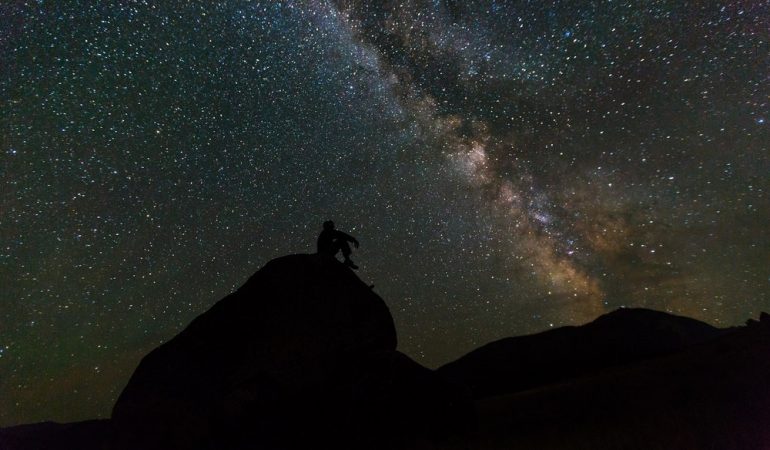How To Find A Good Stargazing Spot
Since time immemorial, people have looked up at the sky with wonder in their hearts. The sheer size and scope of the universe is enough to bedazzle even the staunchest of cynics, making stargazing a fine hobby for anyone who wants to maintain his or her sense of wonder regardless of age.
But while you can enjoy a good view from almost anywhere, not all spots are well-suited for stargazing. In fact, a mediocre vantage point can make it hard if not impossible to identify some of the trickier celestial bodies out there.
But how to find a good stargazing spot? Let’s take a closer look at the key aspects that make for a perfect stargazing spot:
1. Aiming for Height
In order to really get a glimpse of what’s in the sky, it’s important to find a place where buildings don’t obstruct your view. Rural areas are perfect, since they are usually much more sparsely populated and, therefore, feature fewer buildings overall.
But if you can’t go rural, at least go high. Climbing atop a tall building is a good way to mitigate the impact of other structures, so hunt down all the qualifying buildings in your area and see which ones will grant you access to their roofs.
Remember – you want to see as much of the sky as possible, so take your time to find a decent spot.
2. Avoiding Light Pollution
By far the single biggest factor that impacts visibility, so-called light pollution is the result of all the artificial lighting that’s become the norm in most urban areas. Aside from brightening out the night sky and dulling the impact of celestial bodies, light pollution also affects your eyesight, desensitizing your eyes and making it harder to truly appreciate a night sky.
Your best bet is to simply forego areas that are heavy in artificial lighting, and choose darker places where there are fewer things that emanate light. Once you’ve found such a place, be sure to bring a red flashlight with you, since red light has a much lower impact on your eyes than its blue or white siblings.
3. Picking the Right Time
Time is another important factor that many amateur stargazers unfortunately gloss over. High levels of humidity tend to dampen the air and obfuscate your view. Think of all those hazy horizons during summertime and imagine just how much this phenomenon can negatively impact your stargazing conditions. A much better solution would be to pick winter instead.
If you can brave the cold, the bright crisp atmosphere of a cold winter night tends to produce the best possible environment for a stargazing session. That being said, don’t go too crazy, since prolonged exposure to sub-zero temperatures can really do a number on your equipment.
4. Taking the Moon into Account
While the moon in itself is pretty to look at, a bright, shining moon will drown out nearly everything else with its light. Stars and other planets are much more visible when the moon is in its crescent or gibbous phase, and especially during that short window when our beloved satellite is basically absent from the sky.
Be sure to follow the moon’s evolution closely by using a lunar calendar, and mark out the dates when its silhouette is light enough to make room for other celestial bodies to shine.
Regardless of whether you’re an experienced stargazer or a budding newbie, the aforementioned tips will always come in handy when analyzing a new spot for its stargazing potential.
Of course, the equipment you have at your disposal as well as your personal skills also play an important part in achieving optimum visibility, so be sure to take every factor into consideration when looking for the perfect stargazing site.
If all else fails or if you simply want to skip the planning stage and go straight to a place that you know will be suitable for stargazing purposes, scour astronomy maps online or consult special guidebooks that list all the eligible places in your region of choice.
In the UK, for instance, top stargazing spots include Kielder in Northumberland, Exmoor in North Devon and the Galloway Forest Park, the first park in the nation to obtain the coveted Dark Sky Status.
Choosing a renowned stargazing site takes away some of the excitement of finding your own place, but it’s a sure bet that also illustrates just what a good spot actually looks like.




Dartmoor away from habitation